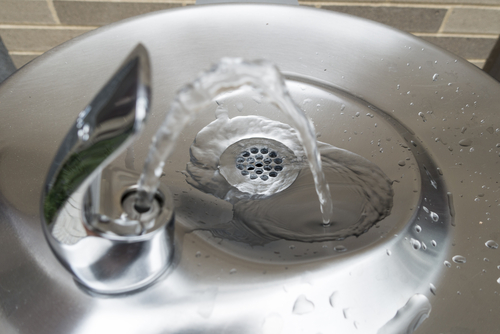The U.S. Environmental Protection Agency (EPA) has announced $58 million in grant funding to help protect children from lead in drinking water at schools and childcare facilities across the country.
Thanks to an expansion under the Bipartisan Infrastructure Law, projects that remove sources of lead in drinking water are now, for the first time, eligible to receive funding through the Water Infrastructure Improvements for the Nation Act (WIIN).

This grant funding, which is provided to states, territories, and Tribes, advances the Biden administration’s Lead Pipe and Paint Action Plan. It also comes shortly after the EPA revealed a proposed rule for stricter lead-based paint standards in pre-1978 buildings and childcare facilities.
EPA Assistant Administrator for Water Radhika Fox said, “Reducing lead in drinking water is a top priority for the Biden-Harris Administration, and EPA is taking a holistic approach—harmonizing drinking water standards with historic infrastructure investments under the Bipartisan Infrastructure Law while providing technical assistance to disadvantaged communities to protect all our children from lead in drinking water.”
The EPA is also releasing a revised grant implementation document that outlines new authority provided by the Bipartisan Infrastructure Law to fund activities that remove sources of lead in drinking water. The Voluntary School and Child Care Lead Testing and Reduction Grant Program funds voluntary lead testing, compliance monitoring, and for the first time, remediation projects.
Lead remediation actions may include, but are not limited to, the removal, installation, and replacement of internal plumbing, lead pipes or lead connectors, faucets, water fountains, water filler stations, point-of-use devices, and other lead-free apparatus related to drinking water.
The grant program requires the use of guidance from the EPA’s 3Ts (Training, Testing, and Taking Action) Program to support schools and childcare facilities in making progress on reducing lead in drinking water. More information on the grant funding is available here.
ALSO READ: Ensuring Your Facility’s Drinking Fountain Is ADA Compliant
